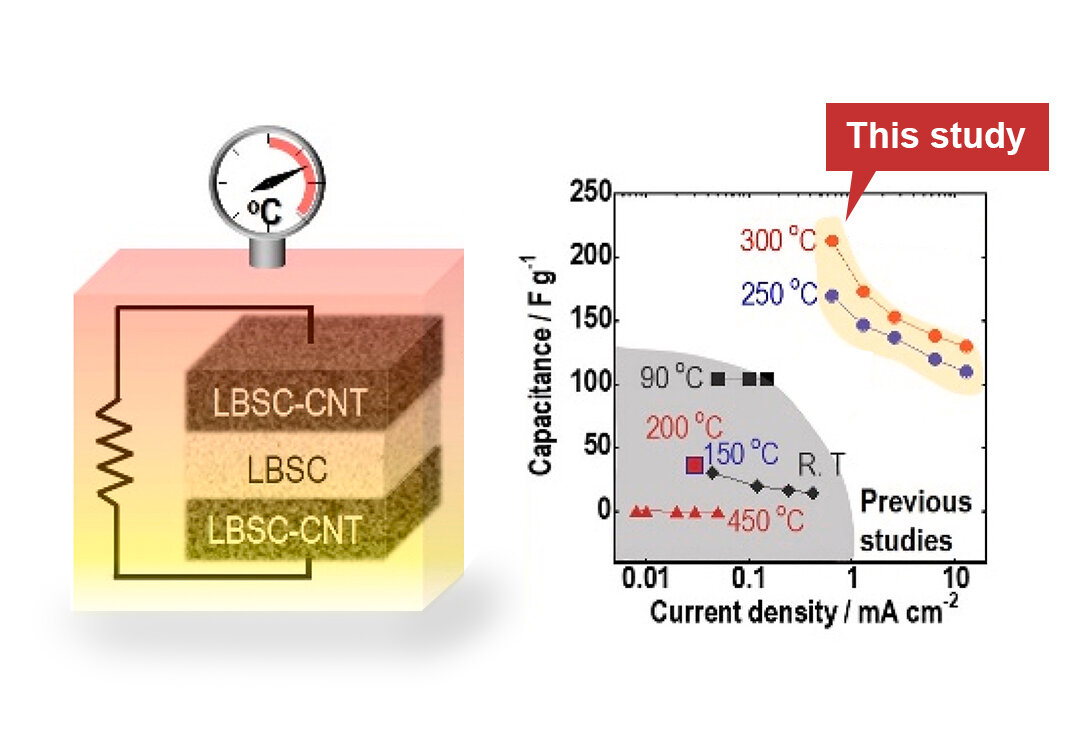
Capacitors are energy storage devices—consisting of two electrodes and an electrolyte—that are capable of rapid charging and discharging because of charge adsorption and desorption properties at the electrode-electrolyte interface...
Read More

Capacitors are energy storage devices—consisting of two electrodes and an electrolyte—that are capable of rapid charging and discharging because of charge adsorption and desorption properties at the electrode-electrolyte interface...
Read More
The batteries were made by stacking various layers via thin-film deposition methods. The LNMO/Li3PO4 interface showed spontaneous migration of Li ions and had an unprecedentedly low resistance.
Credit: ACS Applied Materials & Interfaces
Scientists at Tokyo Institute of Technology have addressed one of the major disadvantages of all-solid-state batteries by developing batteries with a low resistance at their electrode/solid electrolyte interface. The fabricated batteries showed excellent electrochemical properties that greatly surpass those of traditional and ubiquitous Li-ion batteries; thereby, demonstrating the promise of all-solid-state battery technology and its potential to revolutionize portable electronics.
Many consumers are familiar with rechargeable lithium ion batteries, which ha...
Read More
Image (a) is a cross-sectional SEM image of the Li5La3Nb2O12 crystal layer and image (b) shows computationally simulated trajectories of the Li, La, Nb, and O framework atoms obtained for ?3 (2-1-1) = (1-21) at a temperature of 1300 K. Credit: Nobuyuki Zettsu Ph.D., the Center for Energy and Environmental Science, the Department of Materials Chemistry, Shinshu University
Researchers have developed a new way to improve lithium ion battery efficiency. Through the growth of a cubic crystal layer, the scientists have created a thin and dense connecting layer between the electrodes of the battery...
Read More
Recent Comments